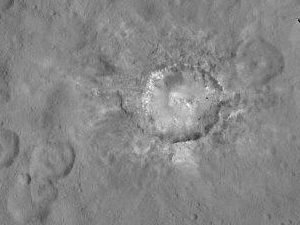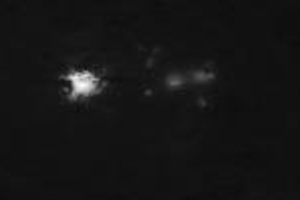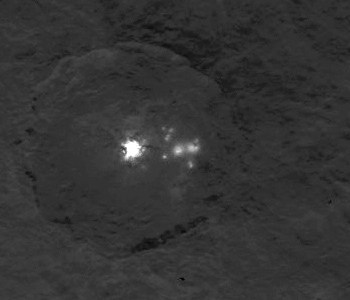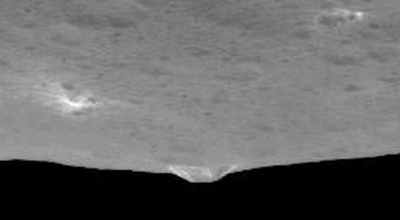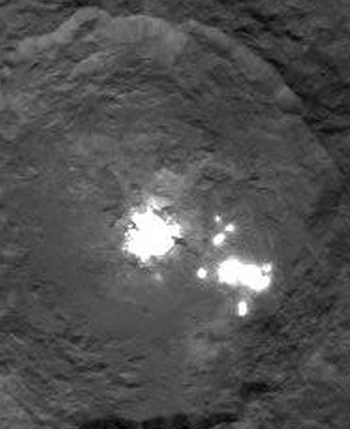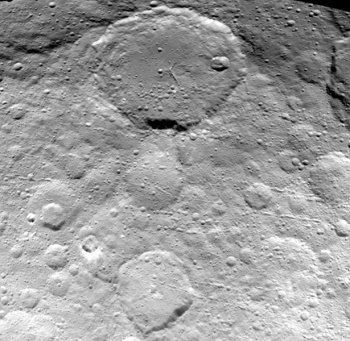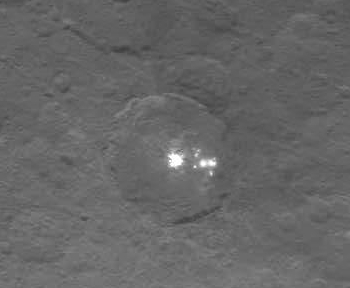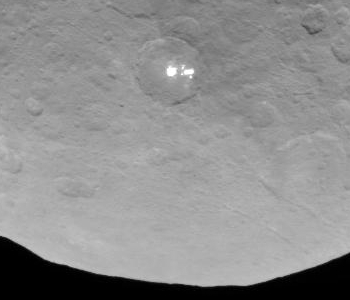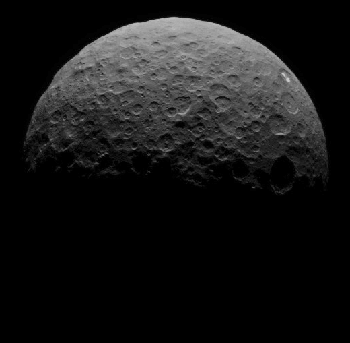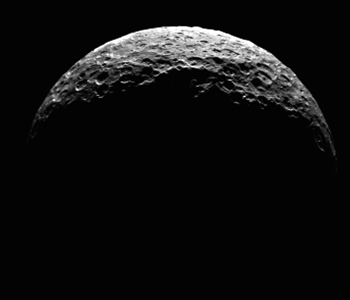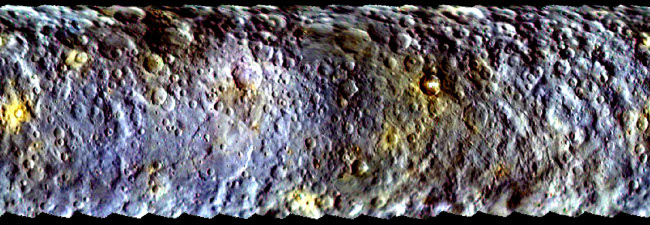Crater close-ups from Dawn
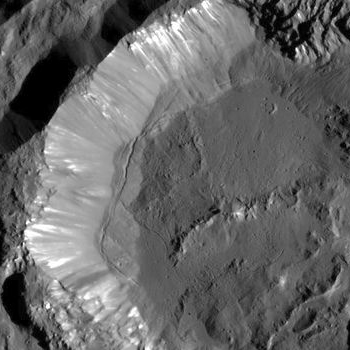
The Dawn science team today released a set of close-up images of several craters on Ceres, showing a number of geological features similar but different than features seen in lunar craters.
The image on the right, of Kupalo Crater, shows the same kind of bright material on the rim that is seen on the floor of Occator Crater as two bright areas. The bright material is now believed to be a salt deposit leeched from beneath the surface. Other craters showed extensive fractures in their floor as well as lobes and scarps.

The Dawn science team today released a set of close-up images of several craters on Ceres, showing a number of geological features similar but different than features seen in lunar craters.
The image on the right, of Kupalo Crater, shows the same kind of bright material on the rim that is seen on the floor of Occator Crater as two bright areas. The bright material is now believed to be a salt deposit leeched from beneath the surface. Other craters showed extensive fractures in their floor as well as lobes and scarps.

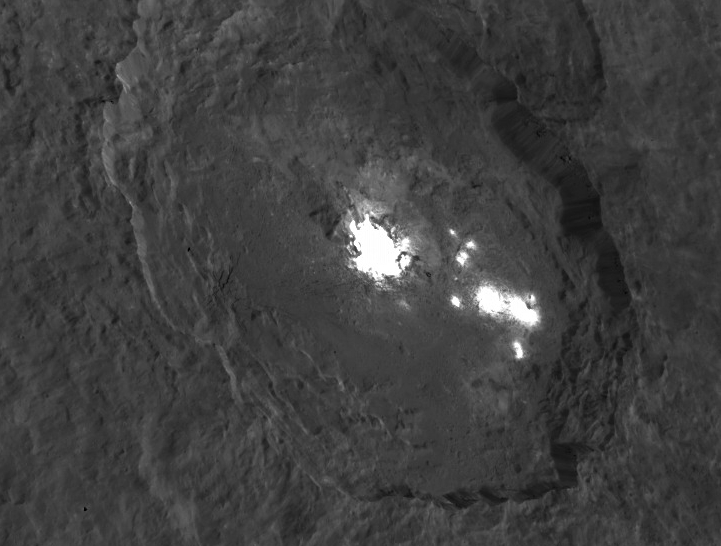
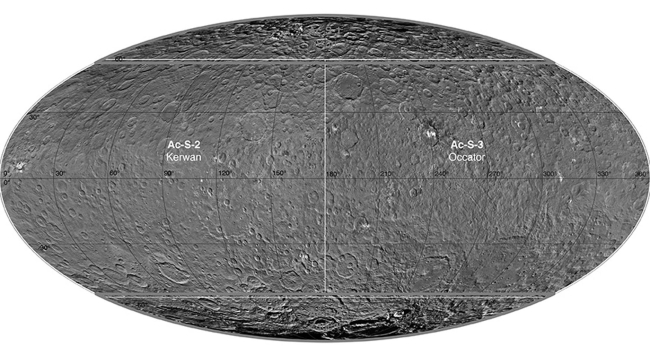
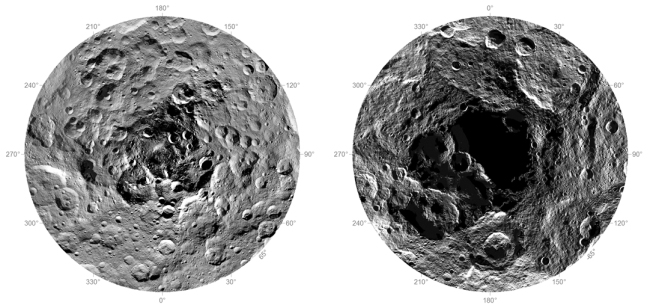
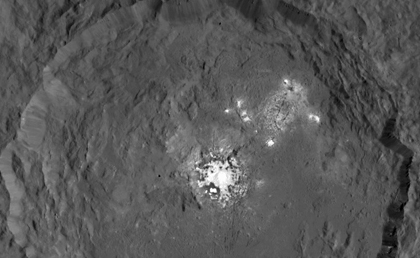
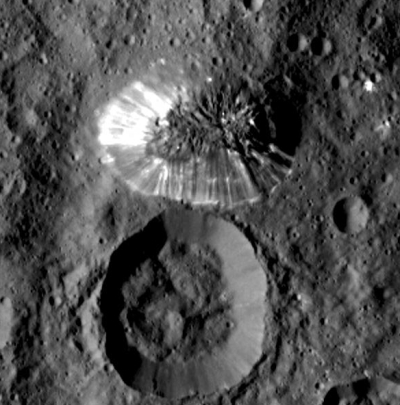 />
/>
